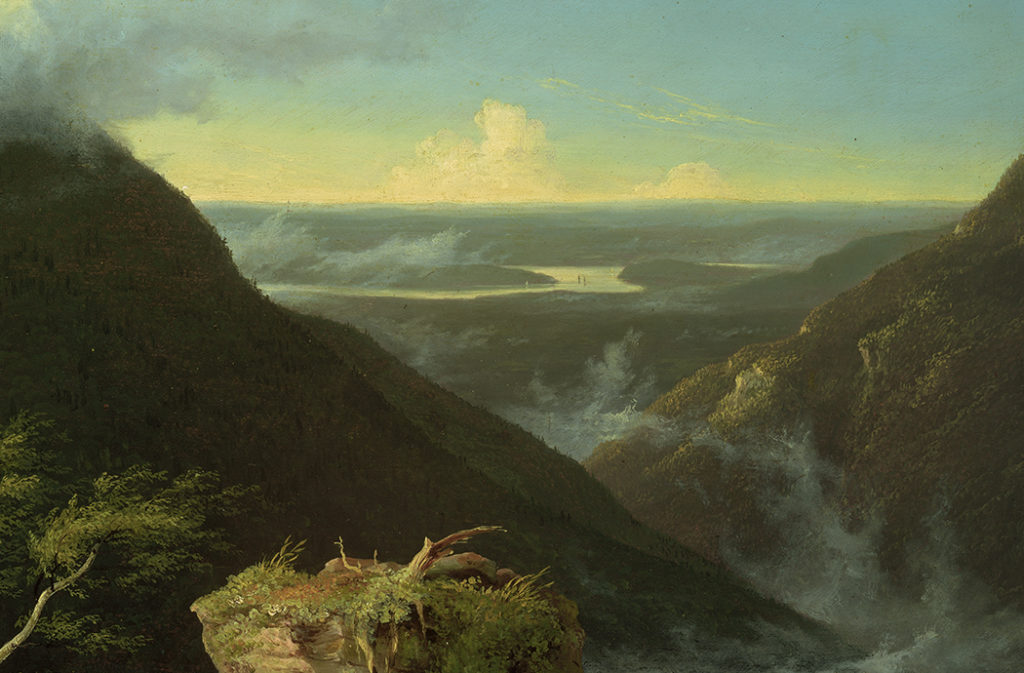
My friend Sue Schmidt alerted me to this Easter season meditation by Richard Rohr that uses a David Whyte poem to explain what Jesus meant when he said, “Anyone who wants to save his life must lose it. Anyone who loses her life will find it.” Rohr believes that Jesus is not calling for people to view their lives with contempt, which is how some Christians have interpreted the words. Jesus is not against embracing what the world offers us. Rather, he wants us to leave aside a shallow self for a more real self:
I believe Jesus says this in such a strong and absolute way because he knows that the human ego fixes upon roles, titles, status symbols, and concocted self-images; and he wants us to know that these are passing creations of our own minds and culture. They are not, in that sense, objectively “real.” Nor are they our true and deepest self. All of these images must die if we want the Real, but they do not die easily because we have mistaken them for elements of our real self for most of our life. We all suffer from a tragic case of mistaken identity.
Too often, Rohr indicates, people hold on to their egos when they imagine heaven. It’s as though they perceive death as no more than a transfer of a cherished self-image from a physical to a non-physical place. This, Rohr says, is not true transformation.
True transformation would be coming to see ourselves as full participants in God’s creation. Heaven is here and now if we would only recognize it as such.
The Second Coming, according to Whyte, is returning to this earth and knowing the place for the first time (to borrow from T. S. Eliot). Last week I wrote about C. S. Lewis imagining the old Narnia dying and being replaced by a new celestial Narnia, but Whyte suggests this is the wrong way to view Christ’s return. Rather, the old Narnia—or our current world—was, is, and always will be heaven. Our old perceptions must die for us to recognize this, however.
The poem begins with references to entering life and living it, which Whyte refers to as a “mad flight” where the body “gives itself to the world.” Then, however, we “give ourselves to the rhythm of love,” which may mean acknowledging God’s love and our own inner divinity. Once we have done that, we can confidently assume our breathing bodies will know what to do with themselves.
After our life’s arc has moved from the first pure fall (into life) to the last letting go, we then experience a return. This return, however, is not to an ethereal heaven but to a life we recognize but all too often dismiss as beneath us:
we’ll return again to find it [the good earth]
and feel again the body welcomed,
the body held,
the strong arms of the world,
the water, the waking at dawn
and the thankful, almost forgotten,
curling to sleep with the dark.
Our new relationship with “the old wild place” will be “beyond all shame.” I think of Sir Gawain’s shame when the pantheistic Green Knight proves to him that he cares for his own life. Such shame arises from an ego-driven belief that we are above or otherwise separate from God’s created world. If we lose this alienated self, then we will save it and “the strong arms of the world” will hold us.
They do so already if we would only see it.
The Old Wild Place
After the good earth
where the body knows itself to be real
and the mad flight
where it gives itself to the world,
we give ourselves to the rhythm of love
leaving the breath
to know its way home.
And after the first pure fall,
the last letting go, and the calm
breath where we go to rest,
we'll return again to find it
and feel again the body welcomed,
the body held,
the strong arms of the world,
the water, the waking at dawn
and the thankful, almost forgotten,
curling to sleep with the dark.
The old wild place beyond all shame.

